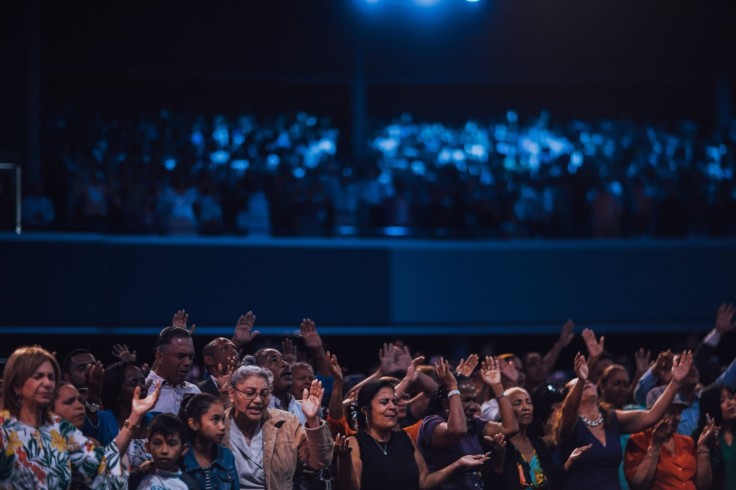
Americans travel farther on average to their worship places than they did a decade ago. But while those who belong to a congregation in their neighborhood attend more often, "worshipping local" does not make them feel closer to their neighbors or more satisfied with the neighborhood, according to a new study by researchers at Baylor University and Calvin University. Instead, frequent attendance -- whether "worshipping local" or traveling farther -- is associated with higher commitment to the neighborhood where the congregant lives. "How often people worship predicts neighborliness better than where people worship," said lead author Kevin D. Dougherty, Ph.D., associate professor of sociology at Baylor University. The study -- "Worshipping Local? Congregation Proximity, Attendance, and Neighborhood Commitment" -- is published in Review of Religious Research, the journal of the Religious Research Association. For the study, researchers analyzed data from the 2017 Baylor Religion Survey, a national instrument administered by the Gallup Organization. A total of 1,501 respondents returned completed surveys. Changes in residential patterns in the United States have implications for congregations, said co-author Mark T. Mulder, Ph.D., professor of sociology at Calvin University in Grand Rapids, Michigan. After World War II, many Americans moved from cities to sprawling suburbs. Commuting became a way of life. Today, there is renewed interest in urban centers and an emphasis on local environments. "While most religious Americans can reach their place of worship within 15 minutes, a growing segment is commuting more than 30 minutes," Mulder said. The most pronounced jump in travel time occurred from 2009 to 2017, with more than one third commuting more than 16 minutes to their place of worship - up from one quarter in 2001 and 2009. The abundance of congregations available in the United States is one explanation. Religious people engage in "church shopping" to find a place of worship that meets their preferences for preaching, music, programs or other characteristics. Another partial explanation may be the attraction of large congregations, which pull members from a broader geographic area. In the past decade, American congregants increasingly became concentrated in larger congregations, Dougherty said. "The more specialized a congregation by theology or ethnicity, such as being the only Jewish synagogue in an area, the farther people may be willing to drive to attend it," Mulder said. The study found that people who live more than 15 minutes from their place of worship attend religious services less frequently than religiously affiliated individuals who live within five minutes of their congregation. Getting to a place of worship that is 20 to 30 minutes away can make it difficult to attend often for busy adults. Based on their research, Dougherty and Mulder made three recommendations: * Religious leaders, especially those engaged in start-up congregations, should pay more attention to place. Neighbors represent a valuable pool of potential participants, since minimal travel (whether by vehicle or walking) translates into more participation. * Because the pull of suburbia is so pervasive, religious leaders will have to work harder to involve those living farthest away. * Congregation leaders should recognize places of worship as neighbor-making spaces with a larger reach than one block or one census tract. One way to achieve a feeling of community is through small, home-based groups that meet weekly or every other week. "These small groups can link people to others within their neighborhood, even if the physical address of the congregation is miles away," Dougherty said. "As a result, home-based small groups are one of many ways congregations can operate as hubs from which people go out to be good neighbors, wherever they live."
© 2026 University Herald, All rights reserved. Do not reproduce without permission.








